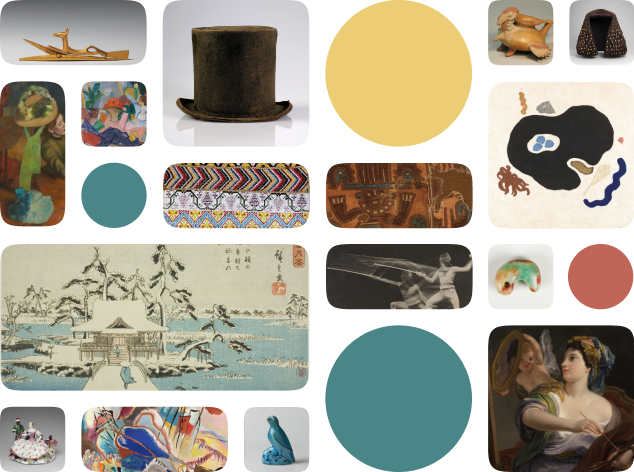Panel Portrait of a Woman
Creator Name
Cultural Context
Date
Source
About the Work
Funerary portraits like this painting of a young woman from Roman Imperial Egypt are called Fayum portraits, because many were found in the 19th and 20th centuries in the Faiyum Governorate of Egypt. They show the self-stylings of the elite Greco-Egyptian community. Funerary portraits, which were affixed to the sitters’ mummy as a mask, immortalized the deceased person’s status for eternity.
This young woman wears a reddish-purple robe, typical of women in Fayum portraits. She shows off an expensive necklace and earring set, likely emerald.
Her tall hairstyle, with rows of elaborate braids, was popular during the reign of Emperor Trajan, during the early second century CE. Hair trends frequently changed across the ancient Roman empire, and the sitters’ coiffure is a mark of her cosmopolitanism and a reminder of trade routes connecting Egypt to cultural centers across the Mediterranean.
Work details
Title
Creator
Worktype
Cultural Context
Material
Dimensions
Technique
Language
Date
Provenance
Style Period
Rights
Inscription
Location
Source
Subjects
Topic
Curationist Contributors
Related Content
All Works in Curationist’s archives can be reproduced and used freely. How to attribute this Work:
Help us improve this content!
Save this work.
